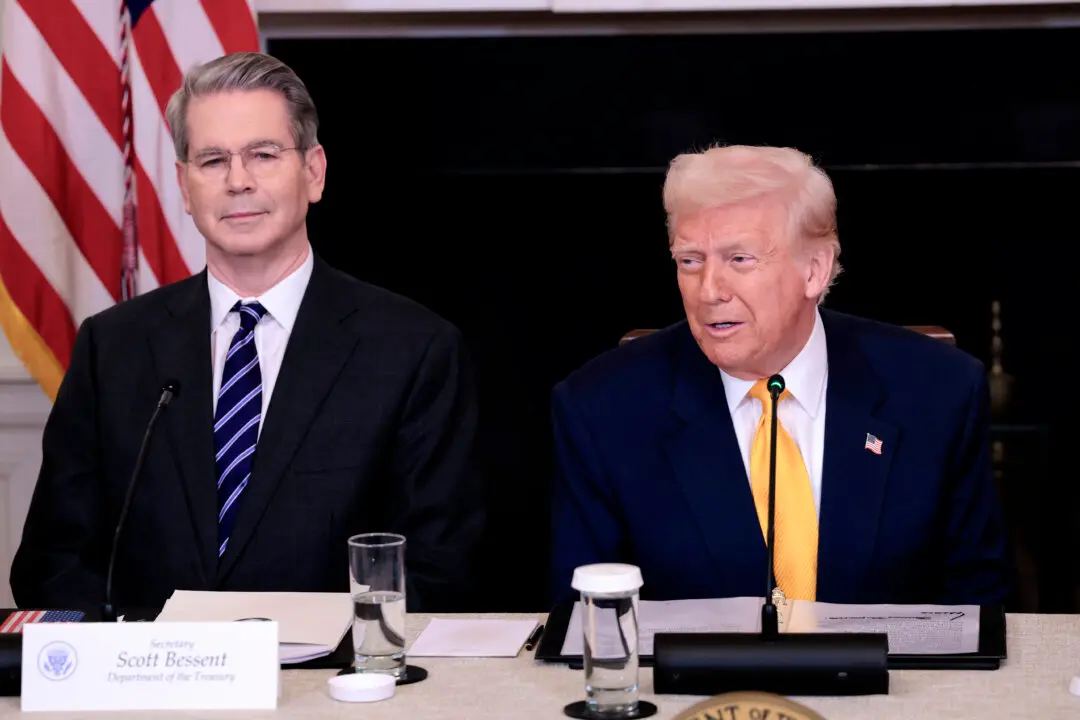In North America, cooler heads seem to be prevailing, with new trade agreements anticipated with both Canada and Mexico as “Liberation Day” (April 2nd) approaches. The European Union (EU) is being more difficult, however, partly due the fact that the EU does not have strong or unified leaders. The strongest EU economies – Germany and France – have weak ruling coalitions under French President Macron and German Chancellor Merz. President Trump has made it clear that the German auto industry is welcome to move their manufacturing plants to America, where they can benefit from: (1) electricity that is one-fourth the cost it would be in Germany, (2) cheaper labor costs, (3) multiple states fighting for their business, (4) work VISAs for their employees who want to move to America, and (5) less oppressive regulations.
Here are the most important market news items and what this news means:
- Interestingly, the EU is still trying to force the European auto industry to make 100% EVs by 2035, while in America, such EV mandates are collapsing. Since German auto manufacturers have largely not been able to make any money on EVs, they might be willing to increasingly onshore in America to make the internal combustion engine (ICE) vehicles that most consumers demand, so the Trump tariffs are largely about settling trade imbalances and/or forcing foreign corporations to increasingly onshore in America.
- In other offshoring news, Apple’s Tim Cook and Nvidia’s Jensen Huang met with President Trump, and they announced $500 billion and $100 billion, respectively, in onshoring projects in America. Although $1.2 trillion in technology onshoring has already been announced, after more pharmaceutical and vehicle production onshoring is announced, there could be several trillion dollars of onshoring announced. That is the real goal of the Trump 2.0 tariffs – which you will not hear from the hostile media, or foreign media.
- Some nations learn quickly, and they will profit. The U.S. has a massive trade deficit with Vietnam, due to some manufacturing shifts from China to Vietnam. That deficit hit $123.5 billion last year, the third highest, behind only China and Mexico. Based on the fear that the Trump Administration would impose reciprocal tariffs, Vietnam has cut its tariffs on vehicles, LNG, ethanol and various agricultural goods. Furthermore, Vietnam has tried to placate the Trump Administration by not having any limit on U.S. imports. They will profit from being that flexible early in the game, thereby avoiding any punitive tariffs.
- Although the U.S. may officially report negative GDP in the first quarter (when the BEA numbers come out in late April), we’re still growing slowly, while other large nations, such as Britain, Canada, France, Germany and Mexico, are contracting. Furthermore, most of these economies are following China and Japan by experiencing a declining population and shrinking household formation, which limits growth.
- New Canadian Prime Minister Mark Carney recently declared an election for April 28th, so it will be interesting to see if Canadian voters want more trade protectionism and are willing to destroy the energy sector in their most productive provinces. In the meantime, Statistics Canada reported that retail sales declined 0.6% and 0.4% in January and February, so Canada also seems to be entering a recession.
- When you look around the world, you can see these demographic challenges facing most large countries. Among major economies, only Brazil, India and the U.S. have growing populations and new household formation that result in organic economic growth. Since the U.S. is the most pro-business of the countries with household formation, the U.S. is also an oasis, the main engine leading worldwide economic growth, and the fact that the Trump Administration is soliciting trillions in onshoring will likely boost GDP more.
Overall, despite the continued tariff distractions, after “Liberation Day,” I expect economic optimism to rise steadily in the upcoming months. Continued strong corporate earnings and lower interest rates are a powerful one-two punch that should propel economic growth dramatically higher. The U.S. attempt to be more fiscally responsible via the DOGE cuts and new tariff revenue has also helped push Treasury yields steadily lower. Clearly, there is a lot for investors to be excited about, so I hope you share my optimism!







